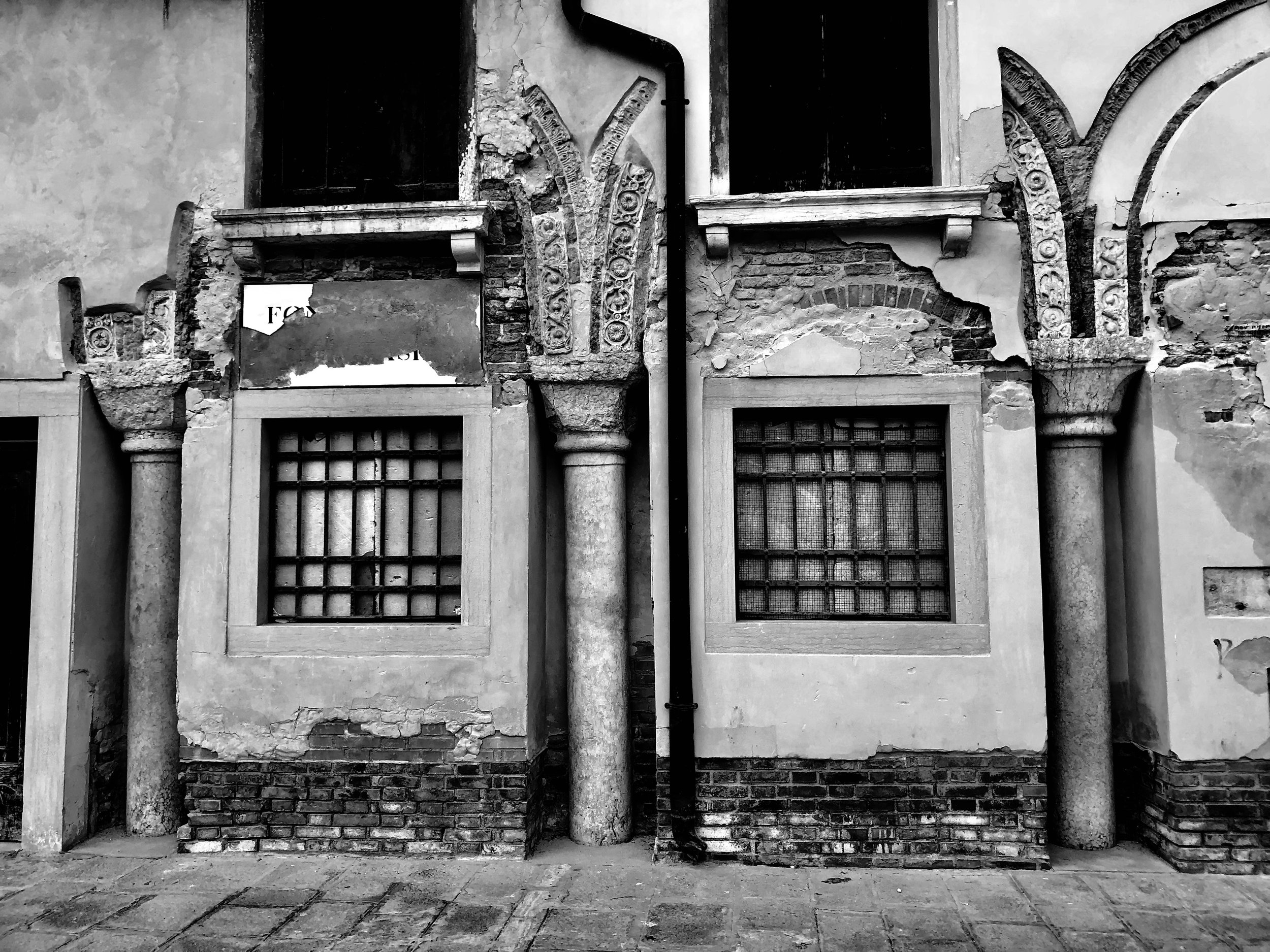
Boito Sarno is a spatial design practice working across the fields of urbanism, architecture, interior design and product design based in London and Milan with a growing portfolio of projects in Italy, France and the UK.
We believe that architecture must embrace the current shift in how we live and work in cities. As designers, we are interested in engaging with this new choreography that is transforming traditional typologies in more layered programmes.
The urgency of the global climate crisis calls for an acknowledging the temporality of architecture, which manifests itself in the uncertainty and inevitability of weathering and change of use. Addressing technical problems of maintenance and re-use by considering their aesthetic, philosophical and ethical implications has become critical.
A new concept of beauty based on imperfections and layering, opens up aesthetic perspectives and contributes to a re-evaluation, by pursuing retrofit, refurbishment, extension and reuse over demolition and new build.
We seek to reduce the use of high-carbon and polluting materials such as steel, concrete, aluminium, plastics as well as avoiding harmful chemicals such as formaldehyde.
We make extensive use of structural timber and natural and recycled materials, natural lime screeds, mortar and renders. These have the added advantage to work in unison with traditional and conservation materials, which is essential when adding to and retrofitting historic buidlings.
The ‘already there’ is at the heart of sustainability and embodies the essence of Vitruvius’ three principles of architecture: Utility, Durability & Beauty.
Utilitas - Utility
What is already there is useful and must be the starting point of any new intervention, not only within the site but also the urban context at large. We reject Corbusian modernist tabula rasa in favour of a phenomenological approach to the city and architecture, centred on the human user.
Architecture has to function well for those who use it now but also be flexible to accommodate change and future uses. The client brief, the site and the ‘already there’ contain the clues of a clear diagram and a successful project. Starting from orientation and existing fabric, we develop a strong yet simple concept based on sustainability and deliverability both in terms of cost and programme.
We strive for quality both in the finished product and in the relationships we forge with the client, stakeholders, planners, consultants and builders, to ensure that all those involved make well-informed choices to contribute positively to environmentally competent buildings, enhancing human health and wellbeing.
Firmitas - Durability
Sustainability is the very essence of good design. We prioritise durability over short-termism and waste, creating more with less.
We challenge preconceptions of durability that are often used to validate materials with a high environmental impact such as plastic, concrete and steel.
Plastic is used because it is described as “maintenance free” and therefore more durable. The ubiquitous UPVC windows or laminate flooring and worktops, may require less maintenance in the short term but cannot be repaired and will eventually end up in landfill.
Timber is often regarded as less strong than steel and concrete, yet it is increasingly used in complex structures such as sport halls and even in high rises. There are buildings that are hundreds of years old built in timber and relatively recent concrete and steel buildings that are fast deteriorating.
Venustas - Beauty
Many materials (timber, stone, brick, metals but also clay tiles, natural plasters and paints) in their natural form are beautiful because they improve overtime. The patina they acquire is precious. Existing buildings have a wealth of beautiful materials and textures, often overlooked and needlessly covered up or disposed of.
Reclaimed materials have an additional layer of beauty. We have an expertise in robust detailing, achieving the right balance between old and new when different materials interface.
We conceive the interface as a repair, like in Kintsugi pottery that mends breakage with precious metal lacquer celebrating the beauty of the reclaimed. Architecture should be mending the urban fabric. The beauty and complexity of the city is enhanced by carefully conceived interventions.